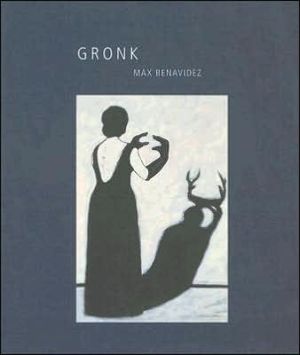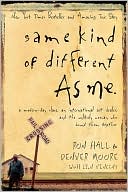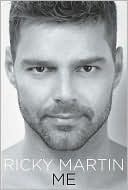Gronk
Gronk was born in 1954 in the barrios of East Los Angeles. An autodidact by circumstance, he began his career as an urban muralist who had to look up the word “mural” to know whether he could paint one. Over time, he has grown into an international figure who has created grand sets for operas and computerized animation for panoramic screens.\ \ In this sweeping examination of Gronk’s oeuvre, Max Benavidez elucidates how the artist can cross genres, sexual categories, and ethnic...
Search in google:
Gronk was born in 1954 in the barrios of East Los Angeles. An autodidact by circumstance, he began his career as an urban muralist who had to look up the word “mural” to know whether he could paint one. Over time, he has grown into an international figure who has created grand sets for operas and computerized animation for panoramic screens. In this sweeping examination of Gronk’s oeuvre, Max Benavidez elucidates how the artist can cross genres, sexual categories, and ethnic barriers, yet still remain true to himself. From street murals to mail art, from large-scale action painting to performance art and operatic set design, Gronk has made a lasting mark on the Chicano art movement, the punk scene, gay art, and the cultural world stage. As a founder of the East L.A. avant-garde art collective Asco (Spanish for nausea), Gronk and his contemporaries responded to Hollywood’s rejection of Chicanos by creating a conceptual countercinema, the No Movie, that incorporated Hollywood imagery and style even as it wickedly dissected the banality and biases of the mass media. In collaborations with Cyclona, Mundo Meza, Jerry Dreva, and Tomata DuPlenty, Gronk challenged the limits of sexuality, gender norms, and taste. What Benavidez ultimately reveals is Gronk’s uncanny power to reinvent himself and his art, moving through one vivid artistic and subcultural scene to another. Add large doses of Gronk’s wit, irony, and talent and you have the story of his major contribution not only to Chicano art but to late twentieth-century culture. Max Benavidez is a writer, independent scholar, essayist forthe Los Angeles Times, and a consultant to a wide range of cultural and academic institutions.
Acknowledgments viiForeword Chon A. Noriega ixIntroduction 1Library Boy: Transit in the Inscribed City 13Painting History: The Post-Chicano Murals of Aztlan 22Asco's No Manifesto: The Avant-Garde in East Los Angeles 35Dreva/Gronk: Art Gangsters 51La Tormenta:The Eternal Enigma 61Hotel Senator: Portal to the Underworld 72Urban Narrative: A World of Secret Affinities 84Notes 99Exhibition History 104Bibliography 109Index 118








